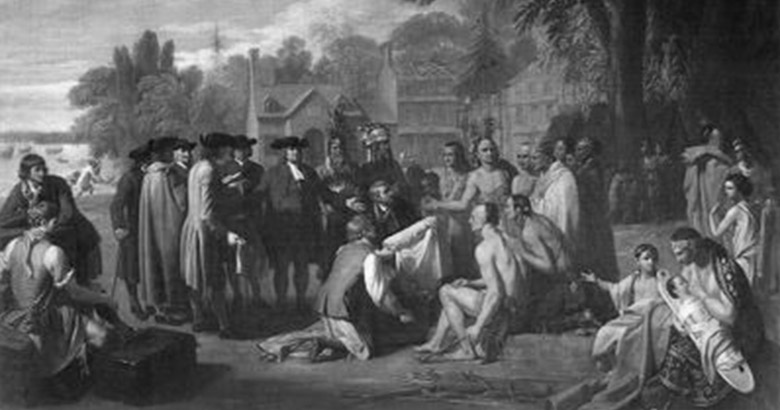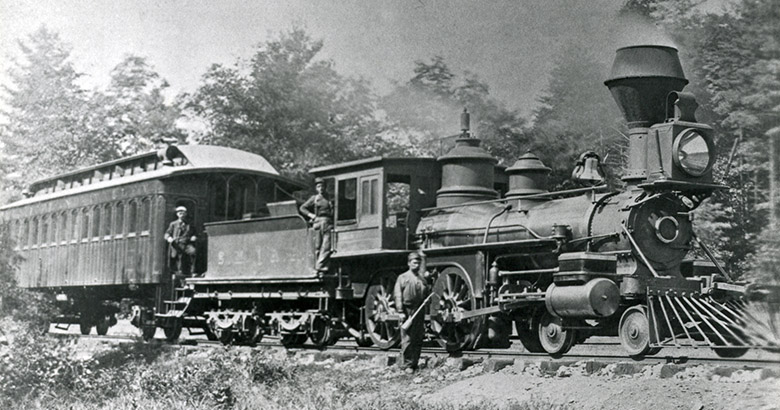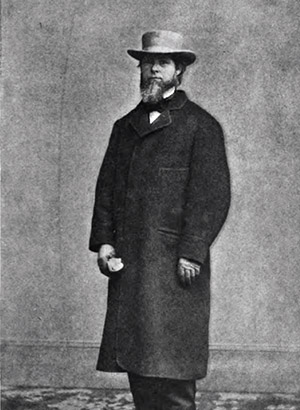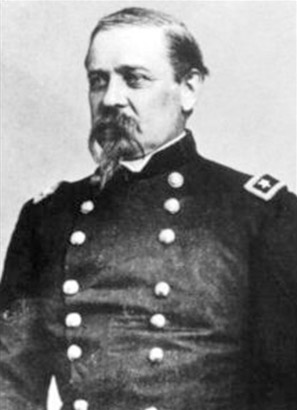History

Early Settlement

Letort Spring Run is named after the first European settler in Cumberland County, Pa., James LeTort. LeTort and his wife, Ann, built cabins near the headwaters of Letort Spring Run at a place known as Beaver Pond or Great Beaver Pond. Many believe it was where the cress beds are now located.
LeTort received a large tract of land from William Penn. He chose to build his cabins at Beaver Pond, probably because a large Native American village was located there and because it was the junction of several major trading trails. Apparently, even then, the Letort Spring Run’s geographical location as a transportation hub offered the promise of profitable business.
LeTort settled his land before 1720. His relations with the local Native Americans, most likely Shawnees, soured and in 1720, they burned down LeTort’s cabins. He quickly rebuilt them, only to be pushed out of the area by a wave of Scots-Irish settlers moving into the area.
South Mountain Railroad

The South Mountain Railroad was built along the Letort starting in 1869. Completed in 1870, the railroad ran from its junction with the Cumberland Valley Railroad (now Norfolk Southern Railroad) in Carlisle along the Letort to Bonny Brook. Leaving the Letort at Bonny Brook, the railroad continued southward across Yellow Breeches Creek to Mount Holly Springs before terminating at Pine Grove Furnace. The line was abandoned by a successor, the Reading Company. Today, the Letort Nature Trail follows its bed from Letort Park to South Spring Garden Street.
Bonnie Brook Railroad Station

main stockholder
When the Bonny Brook railroad station was built in approximately 1872, it was a simple platform, a few posts and a sign. The station was a flag stop; the train would only stop there if someone stood on the platform or if a passenger rang the bell. Noted angler and longtime resident Ed Shenk said that as far back as he could remember, only freight trains used the route.
Civil War

Letort Spring Run briefly served as a Civil War skirmish line in the days leading up to the Battle of Gettysburg. On June 27, 1863, Confederate General Richard Ewell entered Carlisle, bivouacking on the Letort’s western bank. The Carlisle Home Guards exchanged fire with the Confederate cavalrymen. The Home Guards were assisted by a contingent of Union cavalry, which charged across the stream on Pomfret Street, only to be driven back under heavy Confederate fire.
Members of the Pennsylvania Militia joined the skirmish, followed by New York State National Guardsmen. Both sides left Carlisle and the Letort on the night of June 29 to join the Battle of Gettysburg.